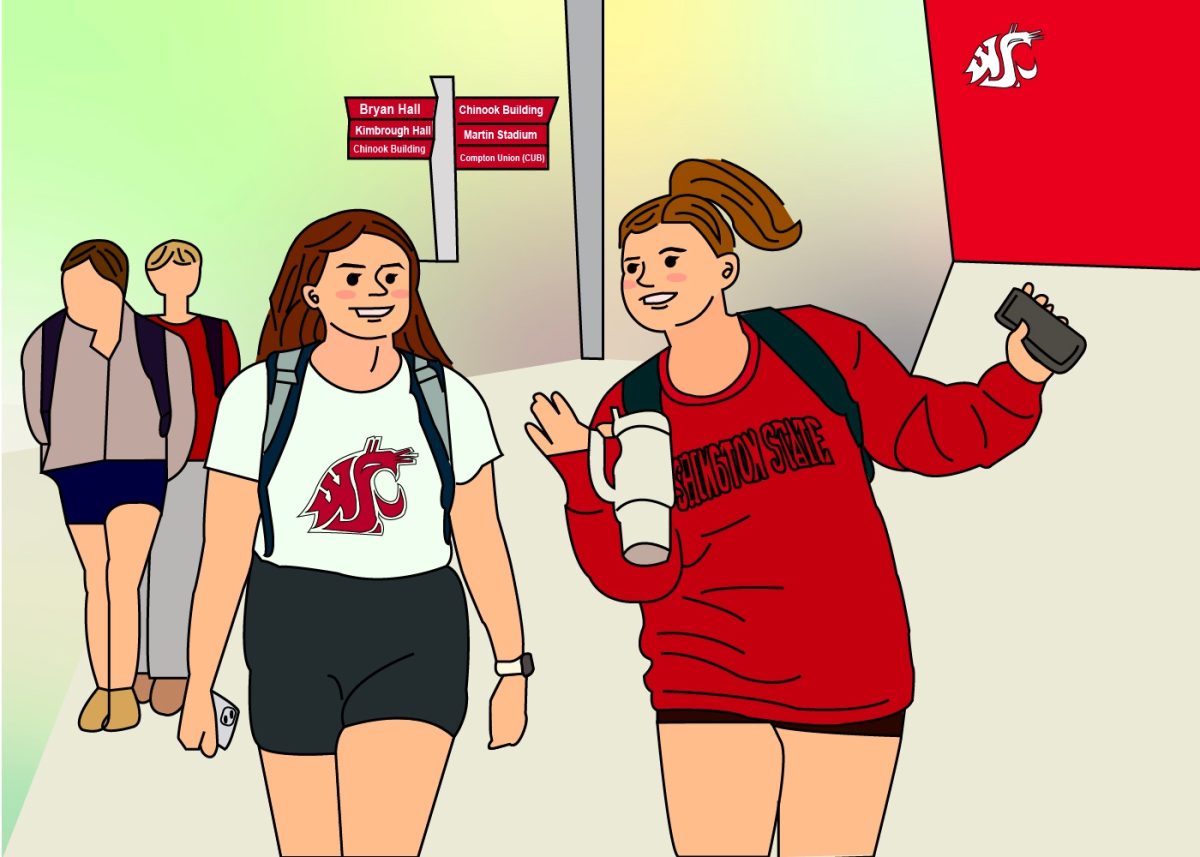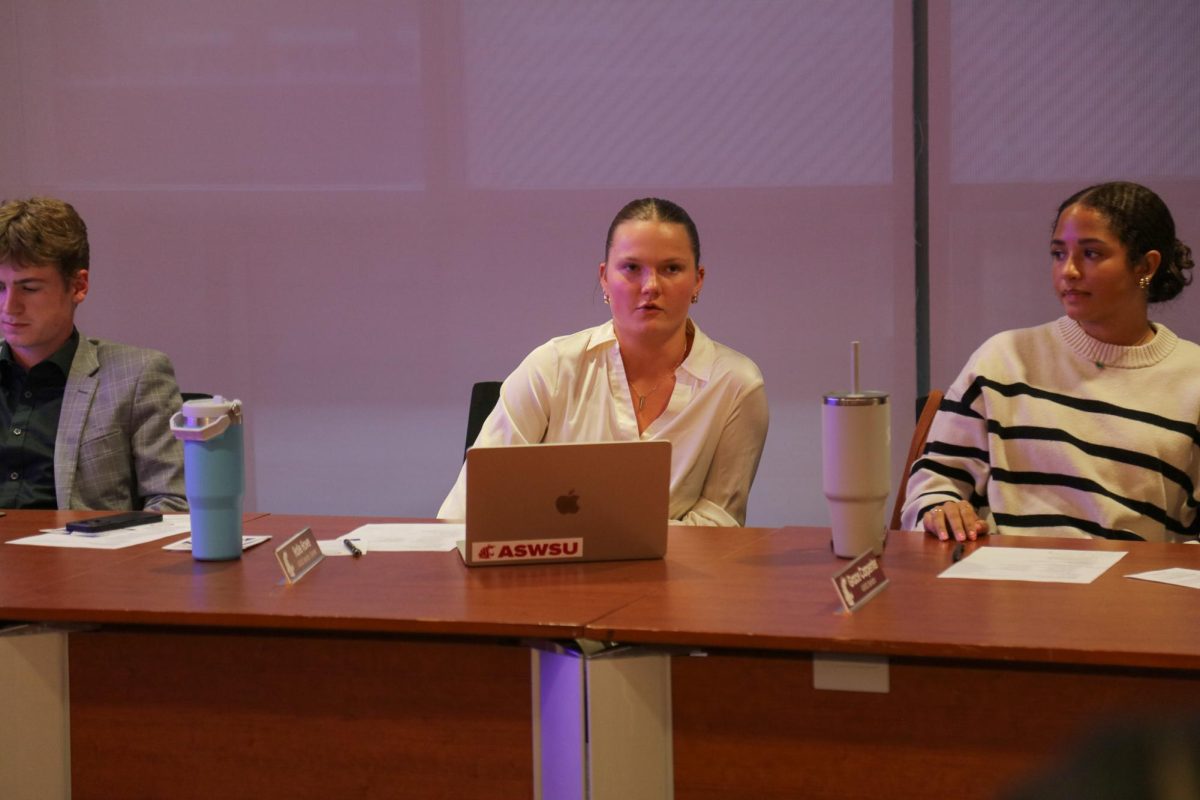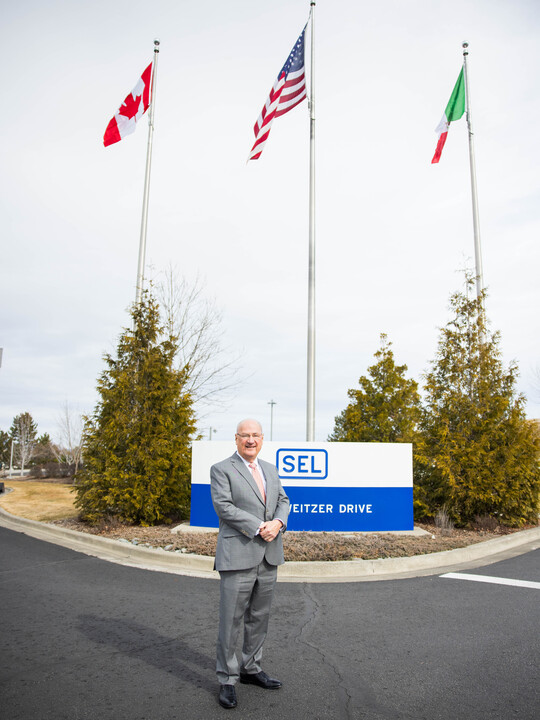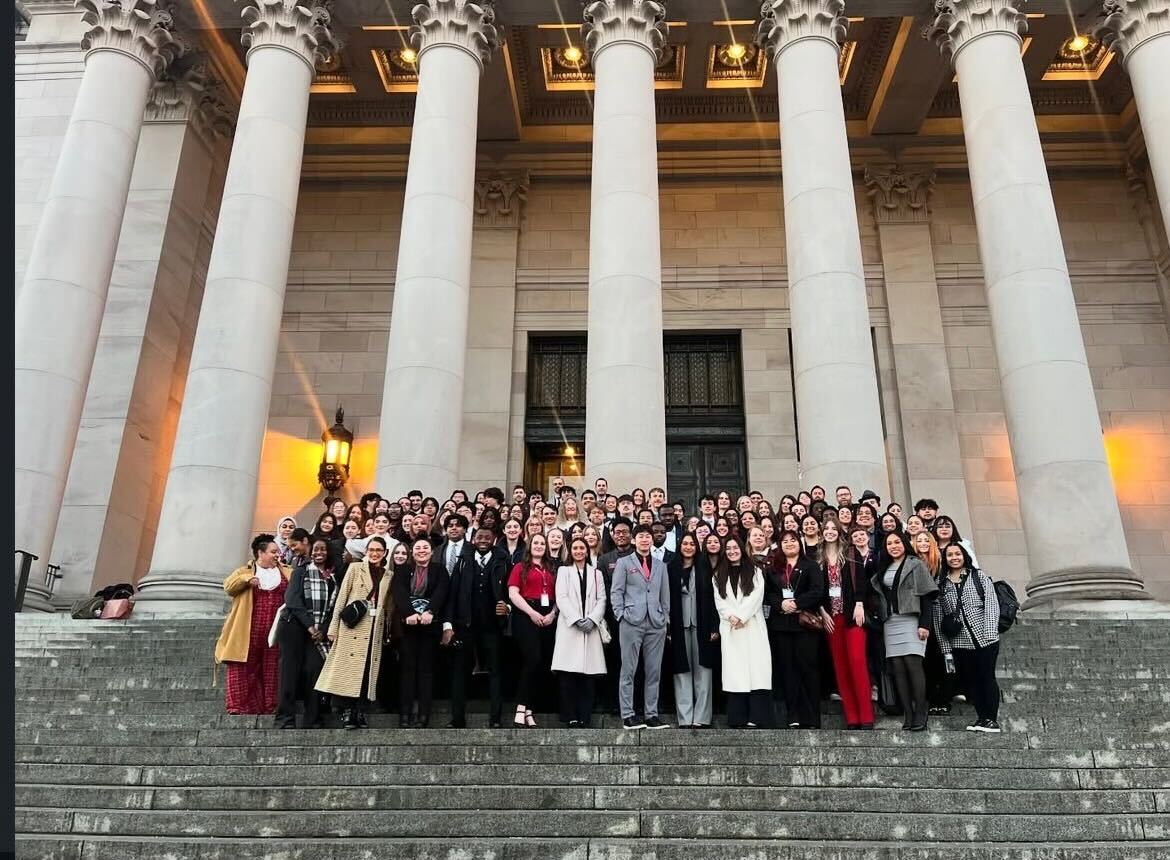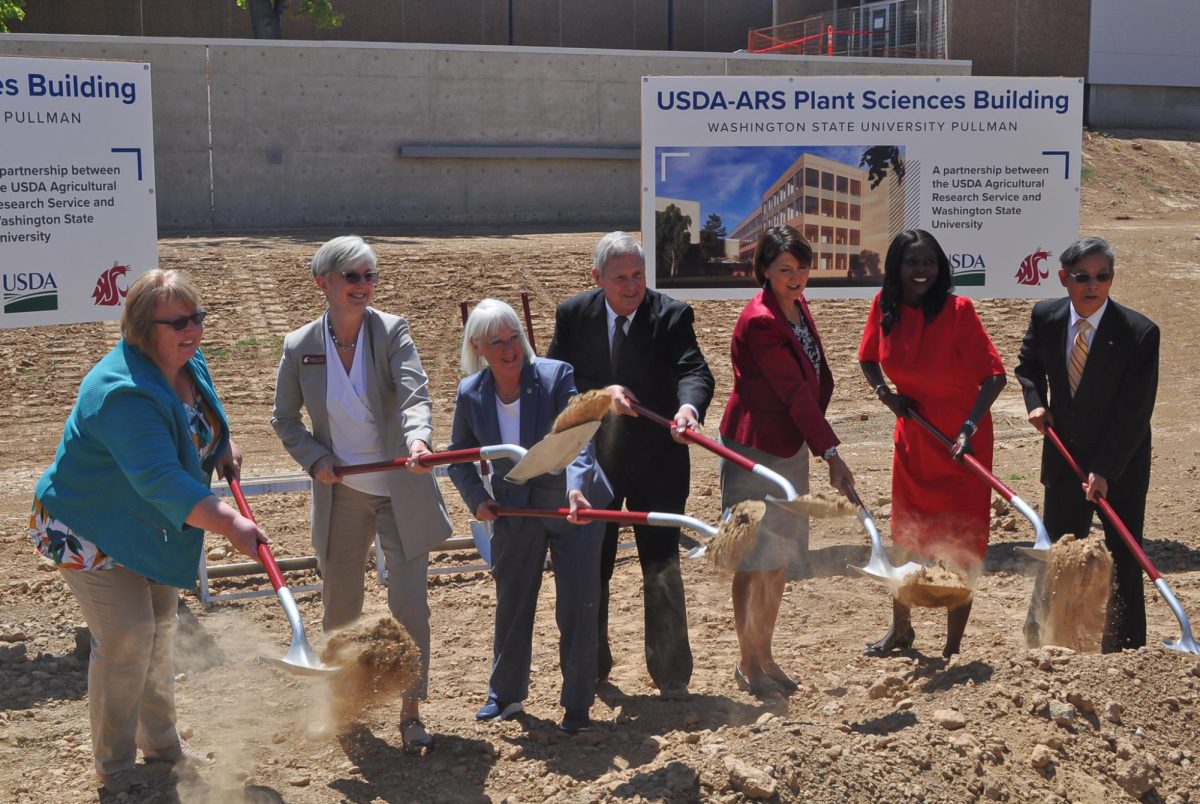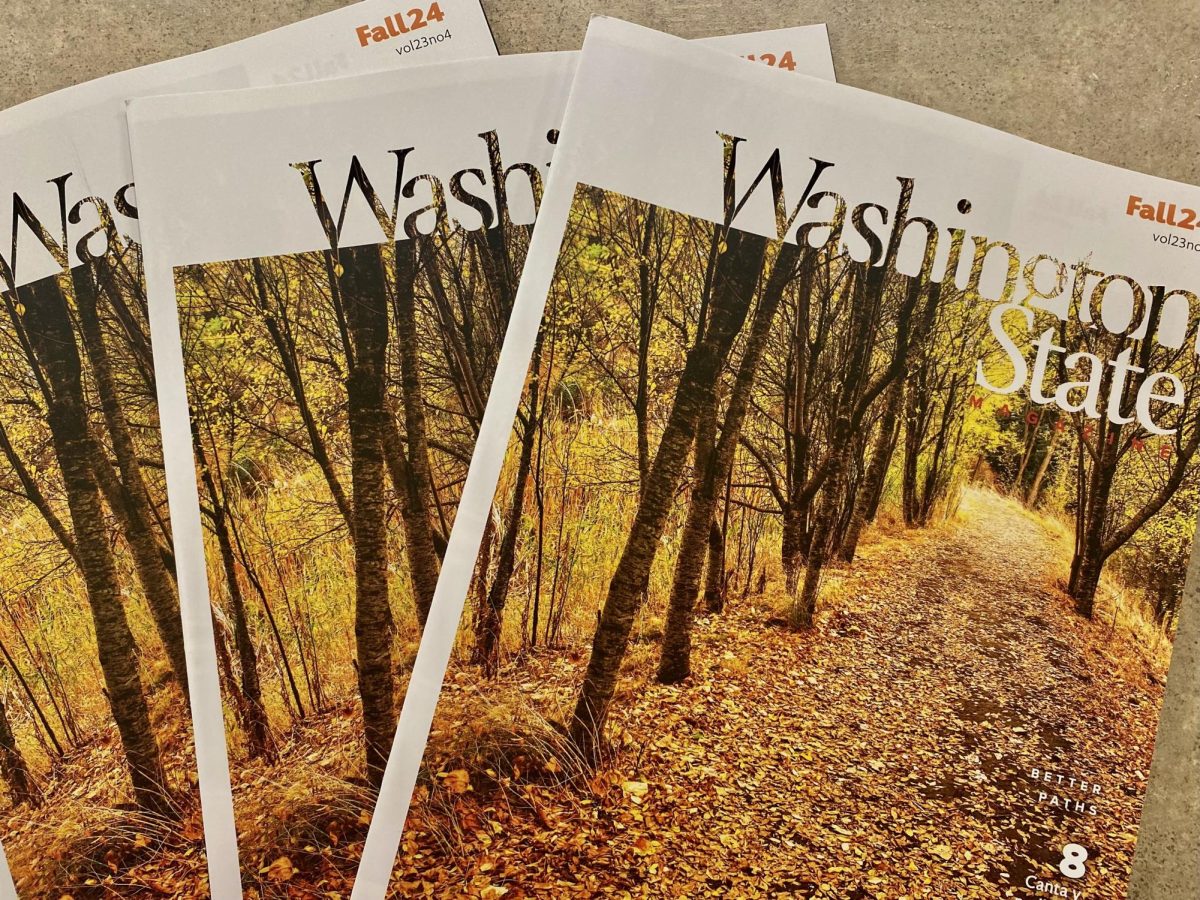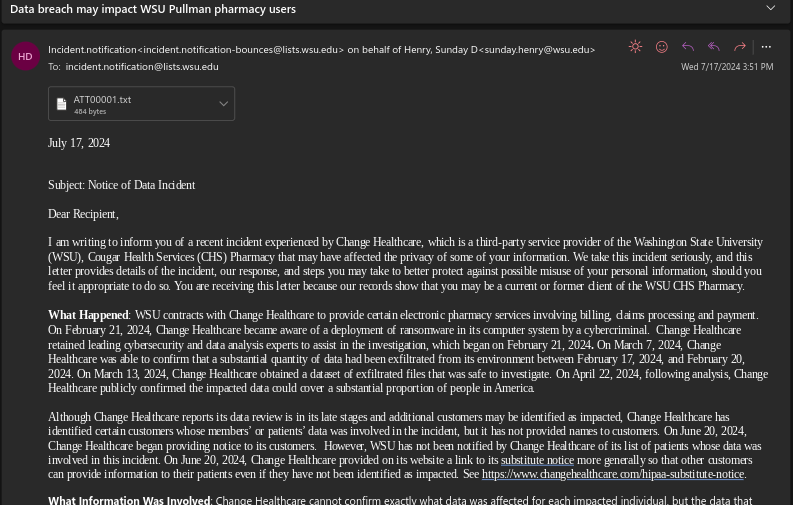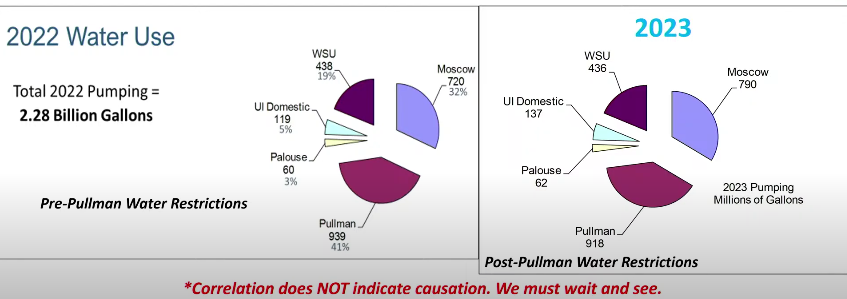WSU welcomed the largest group of first-year students since 2019, in part due to their partnership with the Common App, despite an overall enrollment drop.
First-year student numbers increased 5.8% on the Pullman campus, however, system-wide, the number of first-year students rose 6.5%, said Saichi Oba, vice provost for enrollment management.
Recruitment of new students and transfer students is a shared responsibility, admissions director Andrew Brewick said. Cougar Connectors that give prospective students tours, admissions counselors that maintain student relationships and a partnership with the Common App that started last fall all contributed to the increase in first-year students, Brewick said.
“We started [using the Common App] for domestic students last fall, and we received about 3% more applicants than we typically do in a year. And nonresidents probably double that,” Oba said.
The Common App is an undergraduate admission application that students can use to apply to over 1,000 colleges and universities throughout all 50 states, Canada, China and many European countries, according to Common App.
The Common App is a more equitable way for students to apply to multiple institutions at once, Brewick said. It also helps increase the diversity pool of students, as WSU saw record numbers for both applicants and admits from many historically underrepresented populations.
“In many ways it shifted the culture of how students apply in Washington,” Brewick said. “A lot of our resident students are looking for the right fit institution within the state of Washington, and where they might have been expected to complete three or four different applications in the past, they were able to use the Common App because we were all on one.”
WSU was the second public school in Washington to announce their partnership with the Common App, Oba said. Shortly after this announcement, all the other public colleges in Washington followed suit, he said.
Along with the implementation of the Common App last fall, WSU is also looking into a program called the guaranteed admissions program to raise enrollment numbers, Oba said. This program would allow students with a minimum GPA and other requirements direct admission into the public school system, Oba said.
Even though WSU has a significant increase in first-year students this year, overall enrollment is down 3.8% compared to a year ago, Oba said. The past two graduating classes have been really large, and those numbers have not yet been replaced.
“What we’re hoping is this year we’ll start a trend where we’ll keep bringing in more incoming new students to create those larger classes, to sort of fill the vacuum that’s being created,” Oba said. “Eventually, say, within two more years, we should be able to bring all of enrollment back positive.”
The COVID-19 pandemic factored into the lower enrollment rates at WSU. However, Oba said that as WSU moves further and further away from the pandemic and the disruptions to education that it caused, enrollment numbers should continue to increase.
“Start with incoming first-year students and move them through, trying to build the next class to the size that you feel really comfortable and competent in your ability to serve them, so that they can successfully complete and go out to be the amazing Cougar nation that we know there is out there,” Brewick said.


